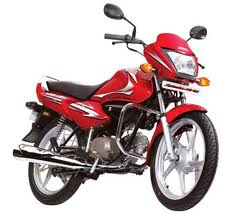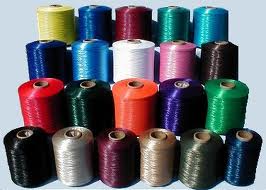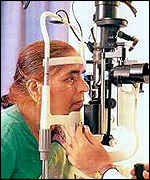 Industry performance Index
Industry performance Index
Source: Ministry of Commerce & Industry & Central Statistical Organization, India
(Base 1993-94 = 100, revised in 2004-05 to 100)
Index includes Electricity, coal, steel, cement, crude petroleum and petroleum refinery industries.
| Year | Industrial Production Index (average) |
| 1997-98 2001-02 2010-11 2011-12 2014-15 |
142.5 172.7 193.1 186.4 173 |
Doing business in India
- India is ranked 133rd in the World Bank’s “Ease of Doing Business Index, 2010”.
- India is ranked 53rd out of 130 countries in the Economic Freedom of the World Index, 2006.
- Starting a business in India takes 35 days (same in China), but only 11 in Hong Kong. Winding up a business takes a phenomenal 10 years in India, 2.42 in China and 1.08 years in Hong Kong.
- Indian businesses need 270 days to complete 20 procedures for various permits and licenses. China takes 367 days for 29 procedures and Hong Kong takes 160 days.
- Businesses in India make 56 different tax payments (including Provident fund, gratuity etc.), in China 44, and in Hong Kong just 4. The effective tax rate is an astonishing 81% of gross profits in India, 77% in China and just 29% in Hong Kong.
- According to the study in 2000, of almost 10,000 employees in 39 countries by Ipsos-Reid, the proportion of workers who went so far as to describe themselves as very satisfied varies dramatically between countries. Workers in Denmark are by far the happiest employees on the planet – a substantial majority (61%) describe themselves as very satisfied with their job, with India ranking second in the world, with 55% describing themselves as very satisfied with their jobs.
- The Global Entrepreneurship Monitor 2000 study was conducted by a prestigious group of researchers from the following 21 countries: Argentina, Australia, Belgium, Brazil, Canada, Denmark, Finland, France, Germany, India, Israel, Ireland, Italy, Japan, Korea, Norway, Singapore, Spain, Sweden, United Kingdom and the United States. India ranks as the eight most Entrepreneurial country in the world.

 Highlights:
Highlights: Two wheelers
Two wheelers After being denied the Cray Supercomputer by the US, Centre for Development of Advanced Computing (C-DAC) conceived, designed and delivered several parallel super computers, the latest being called Param Yuva, with a peak computing speed of 54 TFlops. C-DAC is attempting to break the 1 Peta Flop barrier in 2012.
After being denied the Cray Supercomputer by the US, Centre for Development of Advanced Computing (C-DAC) conceived, designed and delivered several parallel super computers, the latest being called Param Yuva, with a peak computing speed of 54 TFlops. C-DAC is attempting to break the 1 Peta Flop barrier in 2012. Worldwide phone users
Worldwide phone users Notes:
Notes: Pharmaceuticals:
Pharmaceuticals: